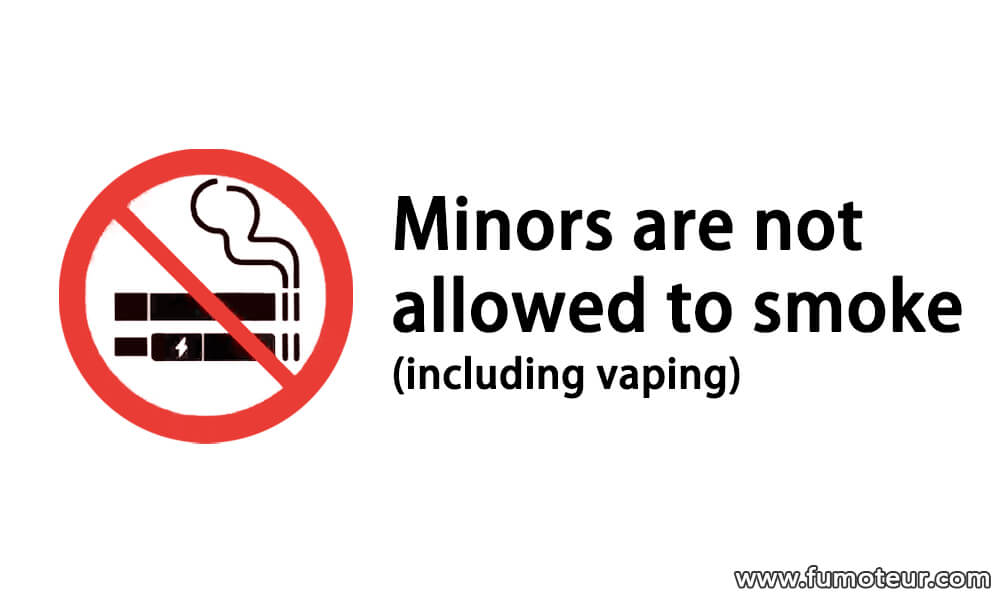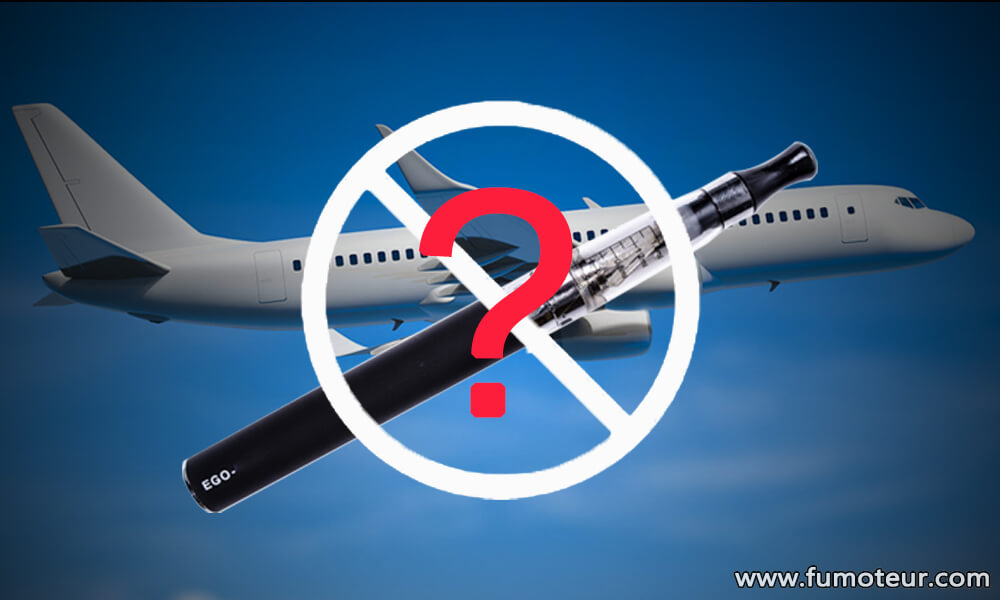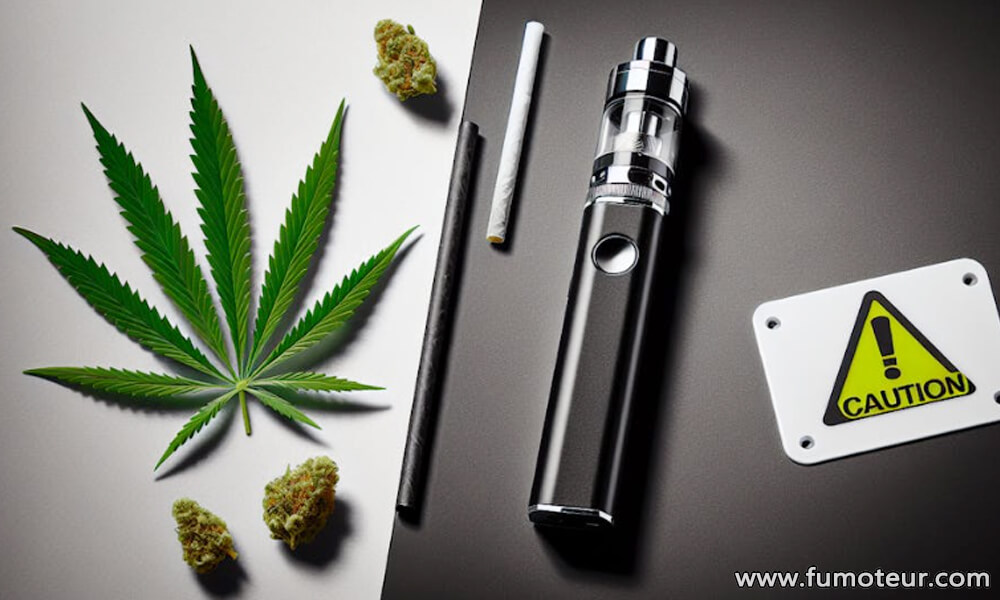The Evolution and Future of Vaping: A Deep Dive into the World of E-Cigarettes
Introduction
Vaping has become an increasingly popular alternative to traditional smoking over the last decade. With advancements in technology and a growing market, electronic cigarettes have evolved significantly from their early iterations. From simple disposable devices to high-tech mods with customizable features, the vaping industry continues to innovate, catering to a wide range of users.

The Origins of Vaping
The concept of vaping dates back to the 1960s, but the first commercially successful e-cigarette was introduced in the early 2000s by Chinese pharmacist Hon Lik. Seeking a safer alternative to smoking, Hon Lik developed a device that utilized a heating element to vaporize nicotine-infused liquid. Since then, the vaping industry has rapidly expanded, leading to an explosion of different devices and e-liquid flavors.
Understanding Vaping Technology
Modern vaping devices have come a long way in terms of performance, battery life, and customization. There are several main types of vaping devices:
Disposable Vapes – These are single-use devices that require no refilling or charging, offering a convenient option for beginners.
Pod Systems – Compact, rechargeable devices that use pre-filled or refillable pods, making them a popular choice for users seeking portability and ease of use.
Vape Mods – Advanced devices that allow users to control wattage, temperature, and airflow, catering to experienced vapers who prefer a tailored experience.
E-Liquids: Ingredients and Flavor Innovations
E-liquids, also known as vape juice, are the heart of vaping. They typically consist of four primary ingredients:
Propylene Glycol (PG) – Enhances flavor and provides a throat hit similar to traditional cigarettes.
Vegetable Glycerin (VG) – Produces vapor and adds sweetness.
Nicotine – Available in various strengths, catering to different preferences.
Flavorings – A vast range of flavors, from classic tobacco to exotic fruit blends, has contributed to vaping’s widespread appeal.
With an increasing focus on flavor diversity, many brands now offer options such as dessert flavors, beverage-inspired mixes, and even innovative cooling effects.

Health Considerations and Controversies
While vaping is often marketed as a safer alternative to smoking, it remains a topic of controversy. Some studies suggest that vaping eliminates many of the harmful chemicals found in combustible tobacco, but concerns still exist regarding potential long-term health effects. The presence of nicotine, particularly in high concentrations, raises issues related to addiction and youth usage.
Regulatory bodies across the globe have implemented various measures to control vaping, including age restrictions, marketing limitations, and product safety guidelines.
Vaping and Lifestyle: A Cultural Phenomenon
Vaping is no longer just a smoking alternative; it has evolved into a lifestyle and subculture. Vape competitions, cloud chasing, and social media influencers have contributed to a vibrant community of enthusiasts who experiment with new devices, coils, and e-liquid flavors. Many vaping brands now focus on stylish designs and customizable features, appealing to a broader audience.

The Future of Vaping
As technology advances, the future of vaping looks promising. Potential developments include:
AI-Integrated Devices – Smart vapes that can monitor usage patterns and provide health insights.
Nicotine-Free Alternatives – More focus on herbal and CBD-infused options.
Sustainable Vaping – Biodegradable pods and eco-friendly materials to reduce environmental impact.
With ongoing innovation and research, vaping continues to evolve, balancing safety, convenience, and user satisfaction.
Conclusion
The vaping industry has undergone remarkable changes since its inception. Whether you’re a seasoned vaper or someone considering switching from traditional cigarettes, understanding the technology, trends, and health implications of vaping is crucial. As the market grows and regulations shape the future of the industry, vaping will remain a significant player in the world of smoking alternatives.








